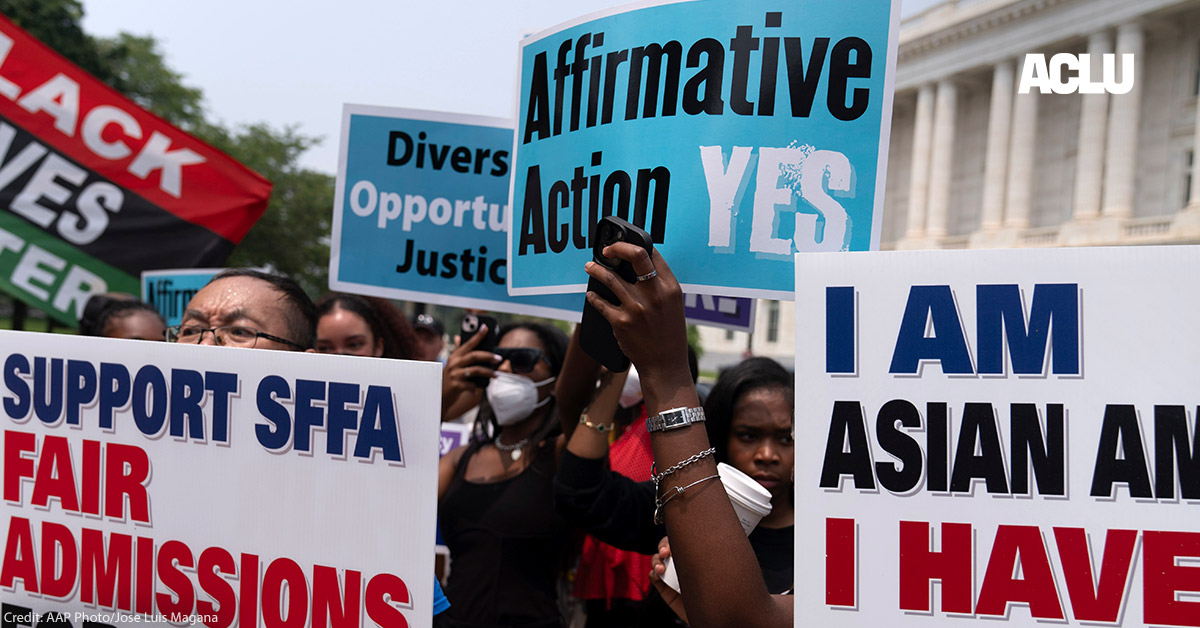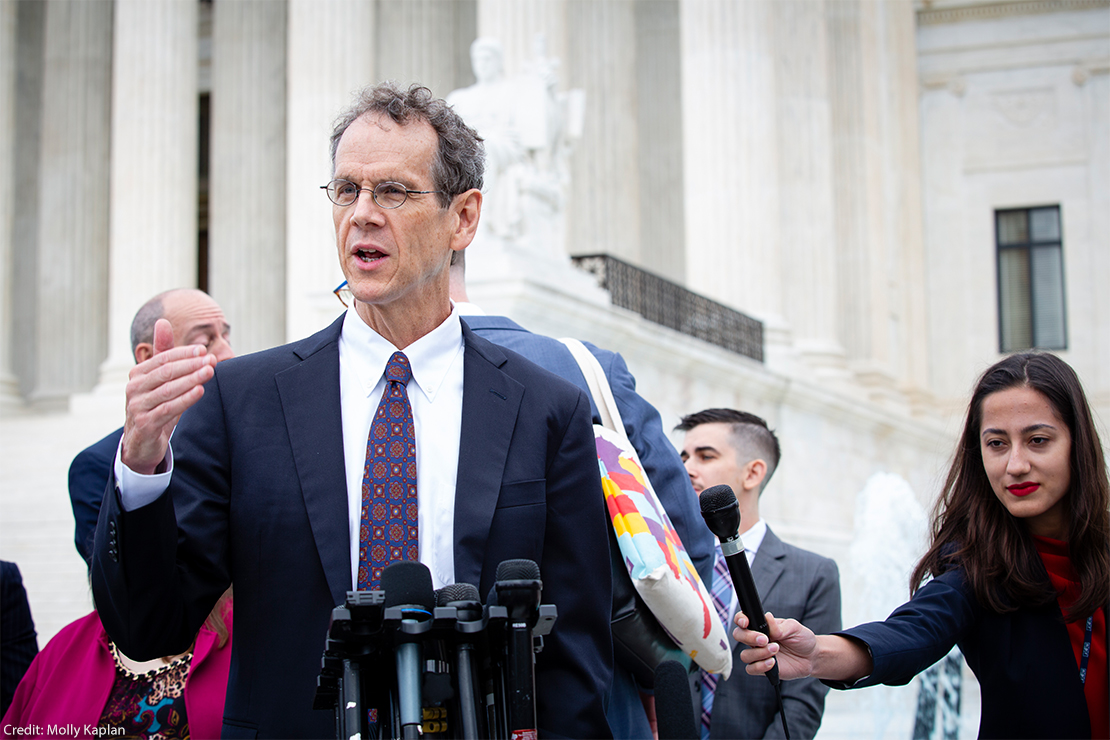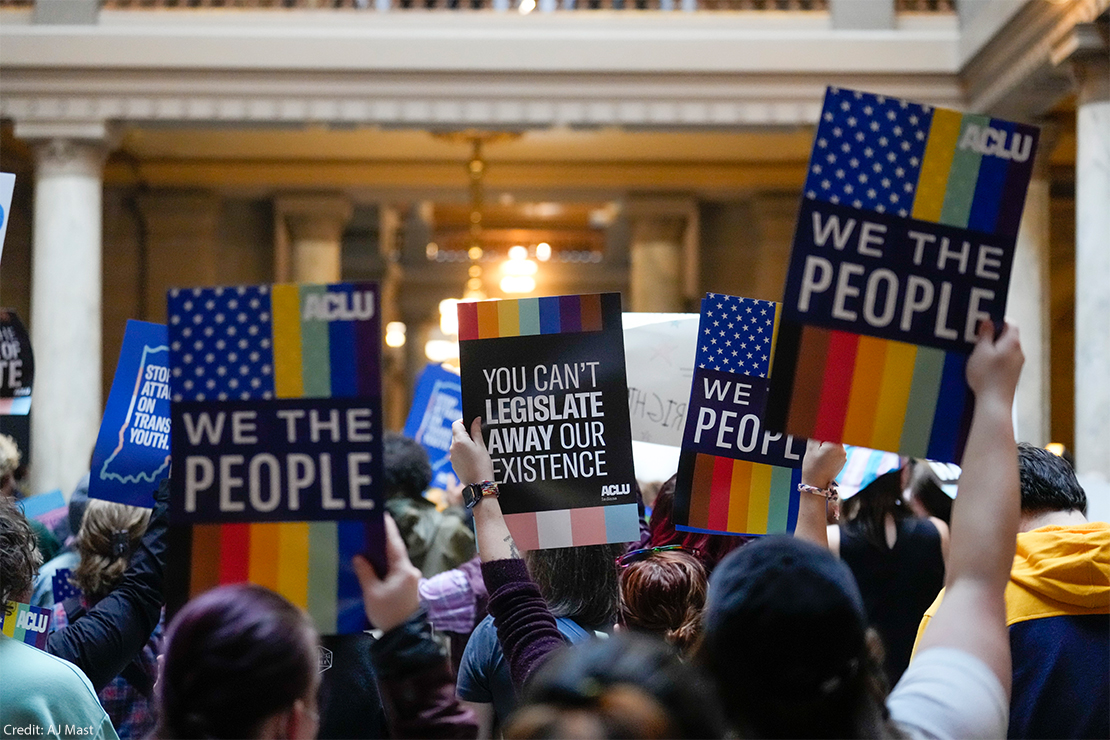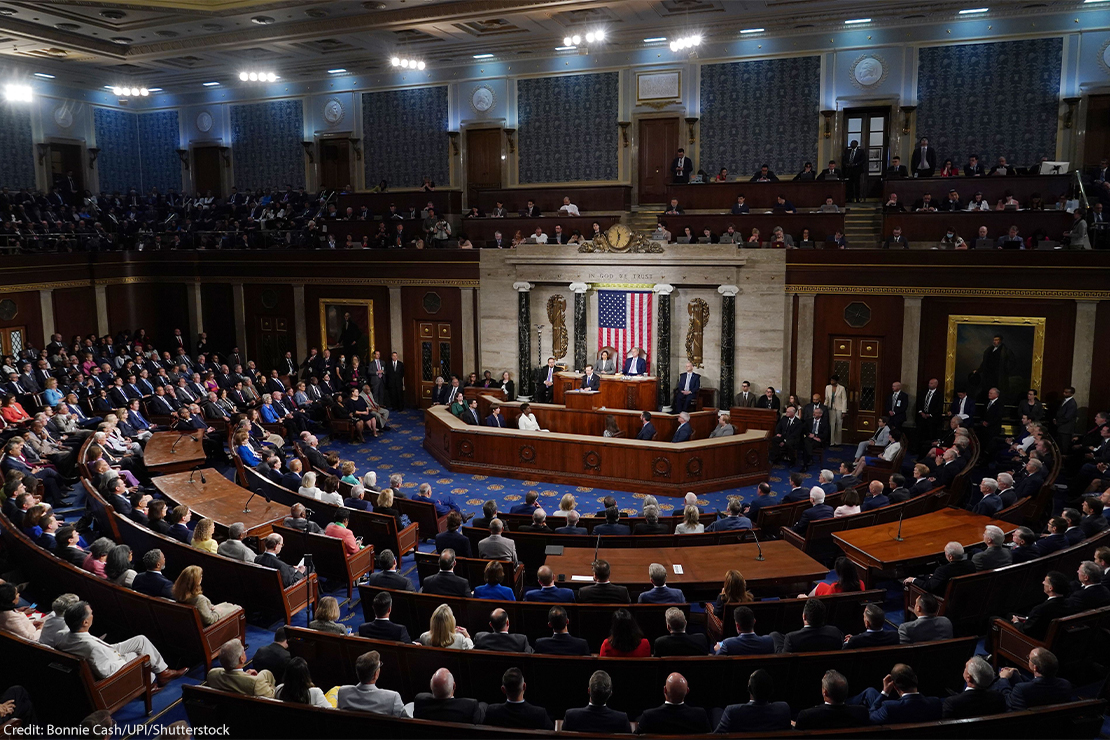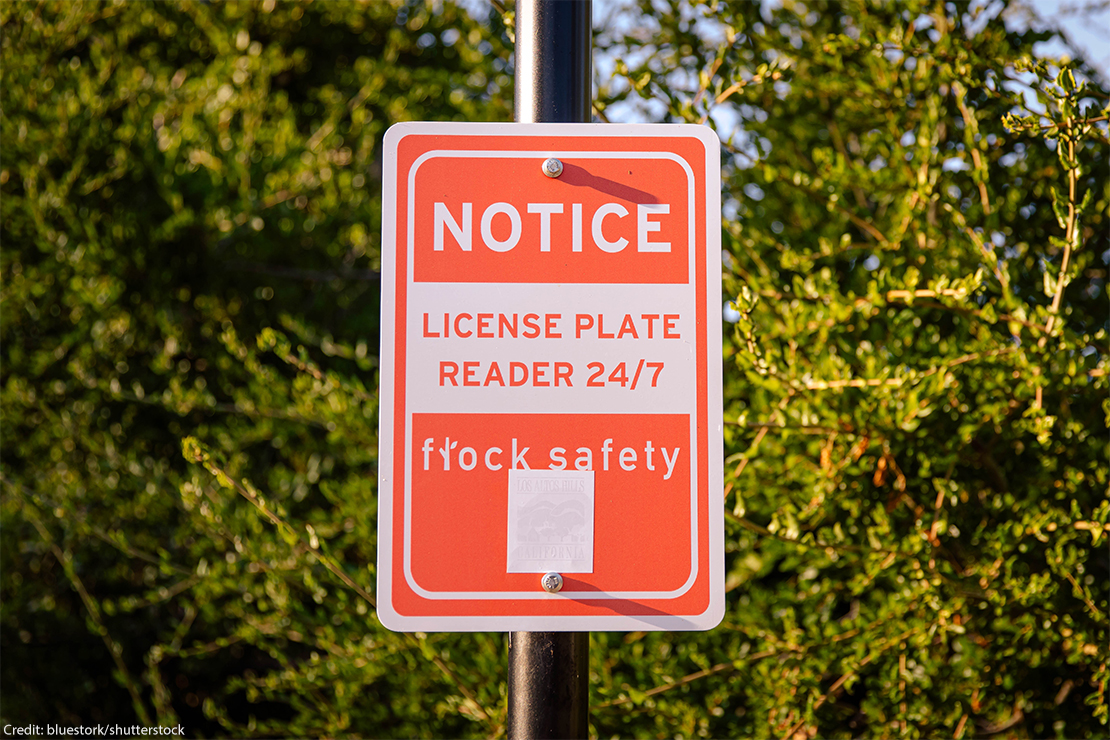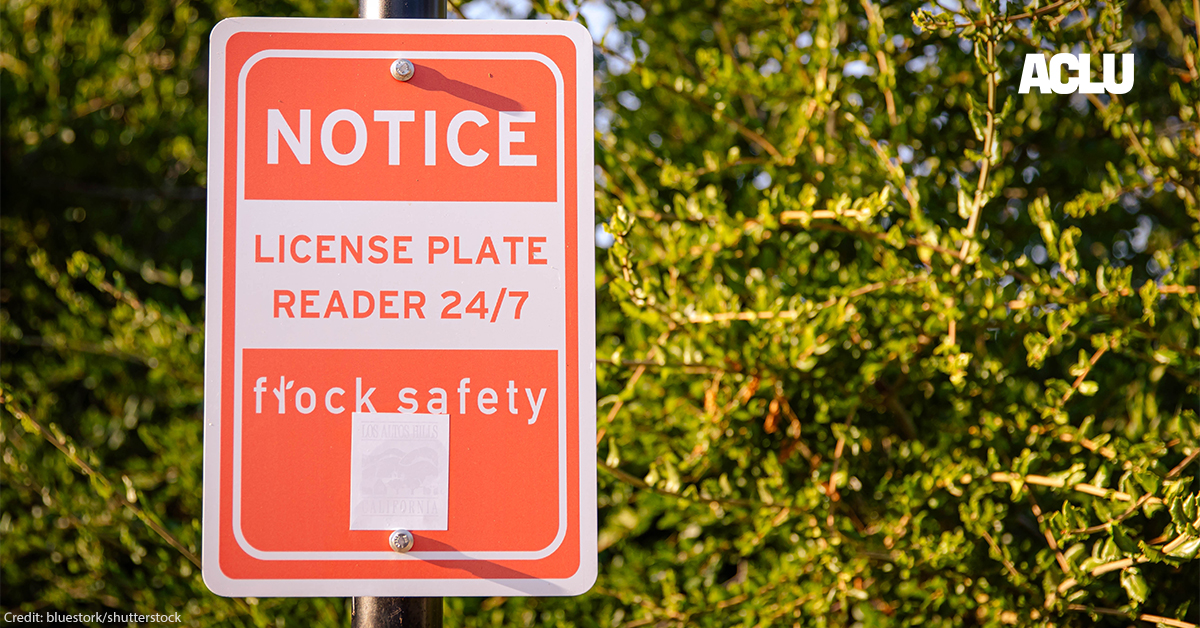Since the Supreme Court struck down longstanding affirmative action admissions policies this past summer in SFFA v. Harvard/UNC, institutions from a variety of sectors have grappled with how to stay true to their commitments to equal opportunity in light of the court’s ruling. But this week, the Supreme Court did something noteworthy: it refused to hear a challenge to a high school admissions policy designed to eliminate unfair barriers for students of color. In doing so, the justices sent a signal that institutions can continue to find innovative ways to ensure equal opportunity for all within the parameters of their relatively narrow decision on affirmative action.
The admissions policy at issue in Coalition for TJ v. Fairfax County School Board, is just that — a thoughtful approach to ensuring that highly qualified students from all backgrounds have a fair shot at getting into Thomas Jefferson High School (TJ), the top public high school in Virginia. Recognizing the importance of a diverse student body, TJ removed arbitrary and unfair barriers to eligible Black, Latine and lower-income students of all races and ethnicities. Instead of relying only on standardized tests, which can exclude well-qualified candidates of color, the new process considers a broad range of factors, including performance on a problem-solving essay. The school also adopted a percentage plan that guarantees seats to the most competitive candidates from all eligible middle schools — not just select “feeder” schools in wealthy neighborhoods. By declining to take up the case, the Supreme Court has effectively let this policy stand.
And earlier this month, the court reinforced that its decision in SFFA was a narrow one, allowing West Point and the U.S. Naval Academy to continue their race-based affirmative action programs, while challenges proceed in the lower courts. Although the court did not explore the constitutionality of these programs, by declining to hear these challenges, it is leaving the door open for institutions to design creative solutions for expanding opportunity and fostering diversity.
This mission is more critical now than ever. Discrimination and deep-seated racial inequities that so many educational institutions, businesses, and other entities are working to address remain critical challenges. Since the 1990s, public education in the U.S. has grown significantly more segregated by race. Black and Brown students are more likely to attend schools that are doubly segregated: racially isolated and with fewer resources but higher needs. In the employment sector, Black workers face persistent gaps in promotion, pay, and opportunity. The Black-white wage gap was larger in 2020 than it was in 1970. Black, Latina, and Native women make less than 65 cents for every dollar earned by a white man, a differential that adds up to nearly a million dollars lost over the course of a woman’s career.
This reality was not lost on the Supreme Court. Even in its decision to strike down Harvard and UNC’s affirmative action policies, the court reaffirmed that the pursuit of diversity is a “commendable goals”. In his concurrence, Justice Brett Kavanaugh stressed that schools “can, of course, act to undo the effects of past discrimination in many permissible ways.”
That said, under the new legal landscape we face, opening the doors of opportunity will require careful construction, clarity of conviction, and steadfast commitment in the face of a well-resourced movement against progress. In designing programs to foster principles of fairness and equality, institutions need to be mindful that courts will pay more exacting scrutiny to programs that consider an individual’s race. Further, institutions need to be prepared to face highly organized attacks, including “warning” letters and legal challenges blatantly distorting the state of the law. These attacks have created a culture of fear and legal uncertainty specifically intended to coerce institutions into abandoning their commitments to equal opportunity — in some cases, successfully.
We cannot let this happen. Proactive efforts to ensure full and equal opportunity are more, not less, urgent in light of the Supreme Court’s decision. Institutions should examine their admissions, scholarship and fellowship programs, as well as recruitment and hiring practices, to ensure that they expand pipelines of opportunity for all. Schools, businesses, and others must not shy away from their DEI efforts, offices, and trainings, but instead should double down on the many lawful and effective approaches that remain. Schools and workplaces should take steps to foster a climate in which people of all races and ethnicities belong and can meet their full potential. And institutions must still comply with anti-discrimination laws, including those that prohibit unnecessary barriers to opportunity for people based on race or ethnicity. As the values of diversity and equal opportunity are themselves under attack, we must continue to push even harder for progress. It is not only the right thing to do, but what the law both permits and requires.
Date
Wednesday, March 6, 2024 - 5:00pmFeatured image

